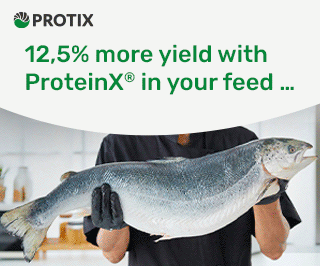The Dutch Fish Federation has signalled its support for scrutiny of Norwegian salmon export restrictions amidst growing market concerns.
On Tuesday, SalmonBusiness broke the news that the European Commission trade department has officially registered Norway’s export ban on “production” grade Atlantic farmed salmon as a potential trade barrier. The Dutch Fish Federation, De Visfederatie, has now signalled its support for the move.
De Visfederatie is the Dutch national trade organization for fish wholesale, import/export and the processing of fish, crustaceans and shellfish. It represents the interests of the Dutch fish wholesaler and processing industry at national and international level.
“We are for a level playing field in whatever form it takes. This also applies to salmon. We are now considering how we deal with this,” a trade specialist at Visfederatie told SalmonBusiness.
Under Norwegian Regulation No. 844, farmed salmon is categorized into “superior”, “ordinary”, and “production” grades. “Production” grade salmon, typically marked by minor defects like wounds or malformations, is prohibited from export until corrected in local Norwegian processing plants. This regulation has raised concerns about trade restrictions and fair competition in the European Union.
EU officially identifies Norwegian production fish export ban as potential trade barrier
The Dutch are fifth largest market for Norwegian fish in Europe, importing more than NOK 10.8 billion ($1 billion) of seafood from Norway for 2023 – a year-on-year increase of 16%.
“DG Trade has responded to a request from our Danish colleagues, with whom we are collaborating on this matter, to recognize the Norwegian export ban on production salmon as a trade barrier,” wrote De Visfederatie in an email on Wednesday.
“We await the upcoming process, but share the enthusiasm of our Danish colleagues that the entire EU now sees Norway’s export ban of production salmon as a trade barrier,” said the Dutch Federation.
In week six of the year, 36.6 percent of all salmon in Norway was classified as “production” grade. This surplus salmon has been flowing into the EU, warping the market, Director of the Danish Seafood Association, Poul Melgaard Jensen, told SalmonBusiness.
“The issue is the export of whole production fish before correction. The resulting fillet’s cost price is significantly lower, affecting market competition,” Jensen said
The cost price of this fillet is between DKK 30-40 ($4.40-$5.86) below the cost price per kilo than the fillet of the whole salmon that other companies have access to, according to the Danish Seafood Association exec.



